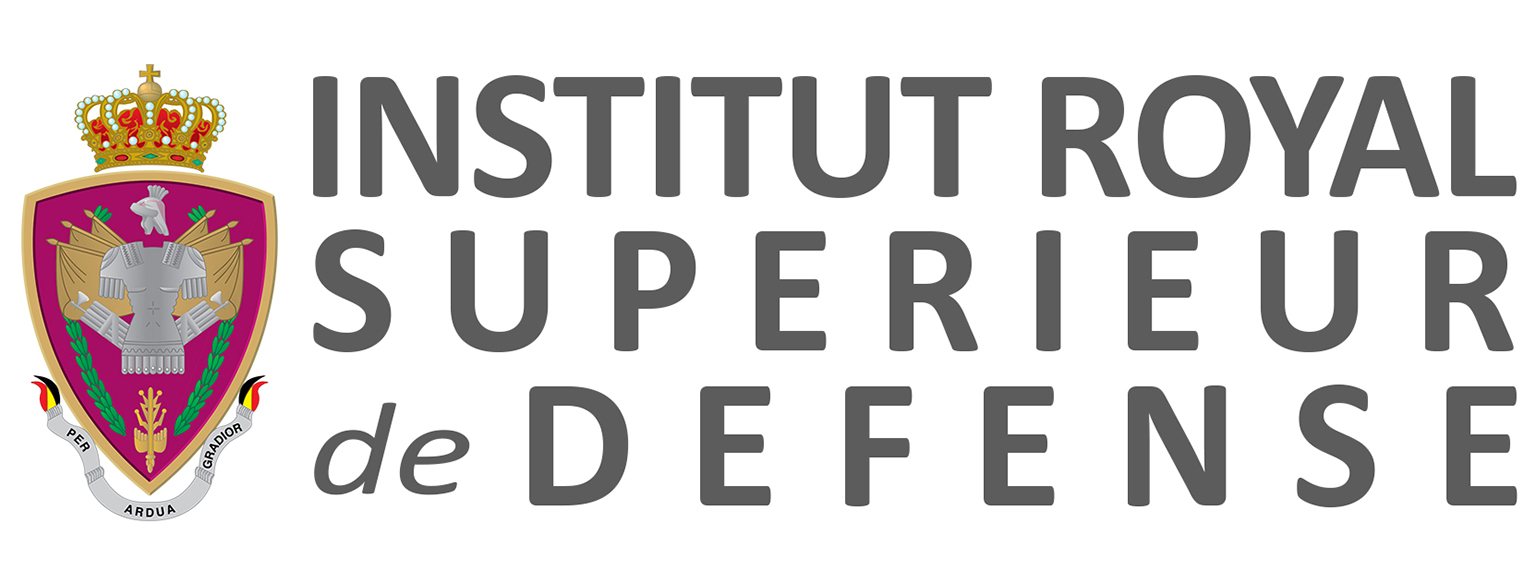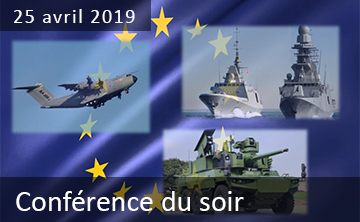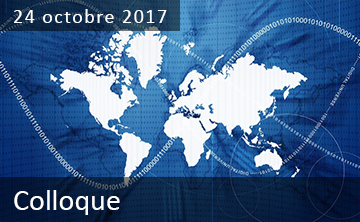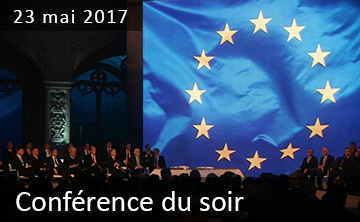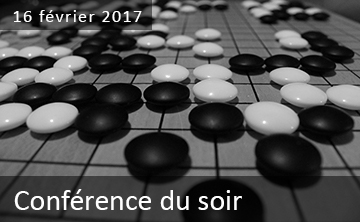Le « retour » des armes nucléaires non stratégiques
The new Russian nuclear policy, the American “Nuclear Posture Review 2018 (NPR)”, or else the modernisation of French air-to-ground nuclear weapons heralds a renewal of the infra-strategic nuclear deterrence of the traditional nuclear powers and the ballistic and nuclear proliferating powers (India, Pakistan, Israel, North Korea). Denounced breaches of the Intermediate-Range Nuclear Forces (INF) Treaty, installed dual-capacity nuclear systems in Crimea and Kaliningrad, or modernised US B-61 bombs are changing the dialectic of deterrence as much as the perception of risks and threats. There is cause for asking the question of the future of nuclear weapons reduction treaties in the foreseeable future.
The Supreme Commander of the Allied Forces in Europe (SACEUR/NATO) declared in March 2017: “Most concerning, however, is Moscow’s substantial inventory of non-strategic nuclear weapons in the EUCOM AOR (European Command Area of Responsibility) and its troubling doctrine that calls on the potential use of these weapons to escalate its way out of a failing conflict. Russia’s fielding of a conventional/nuclear dual-capable system that is prohibited under the INF Treaty creates a mismatch in escalatory options with the West. In the context of Putin’s highly centralized decision-making structure, Moscow’s provocative rhetoric and nuclear threats increase the likelihood of misunderstanding and miscalculation…”.
How to tend to a better stabilisation of the strategic and nuclear theatre framework in the face of possible violations of the treaties concerned and in the face of new nuclear policies and related speeches? What position should Belgium/Belgian Defence adopt in the fora regarding treaties, taking into account its nuclear history as a host country?
The strategic vision for defence mentions the importance of studying the nuclear threat in several paragraphs:
[…] the Russian authorities […] seek to maintain their status as a global power by focusing on their military power through investments in conventional and nuclear capabilities and by making political use of their important exportoriented defence industry. The huge Russian nuclear arsenal also led the European NATO countries to confer a lasting important role to the Alliance with regard to nuclear deterrence. (p. 27)
It is necessary to pay due attention to the fact that the emerging powers are investing heavily in their military power. […] Three of these countries (author’s note: Russia, India and China) have nuclear weapons. These weapons also remain an option for other emerging regional powers. (p. 32) (author’s note: nuclear proliferation in East Asia cannot be considered as impossible)
Among the additional tasks of Defense, there is […] support to the enforcement of international treaties on arms control, arms inspection, non-proliferation and disarmament. (p. 40)
The purpose of this study is:
to examine the arguments of the countries concerned by the issue of denouncing the INF treaty and the analysis of official speeches;
to determine the degree of disruption of the nuclear theatre field in Europe and of the doctrinal speech of deterrence through the examination of the strategic programs of the major nuclear players (Russia, United States, France, UK) on the European continent;
to detect the interactions between the nuclear doctrine, the new equipment planned and Europe’s stability;
analyse the degree of fragility of nuclear reduction/disarmament treaties in the light of these nuclear modernisations;
to determine, through a few recommendations, the stance to be adopted by Belgium with a view to trying to create the conditions for the stabilisation of the continent in these matters.
Télécharger le Sécurité & Stratégie 144
Lignes de recherche : Architecture de sécurité et de défense ; Menaces, défis et réponses stratégiques
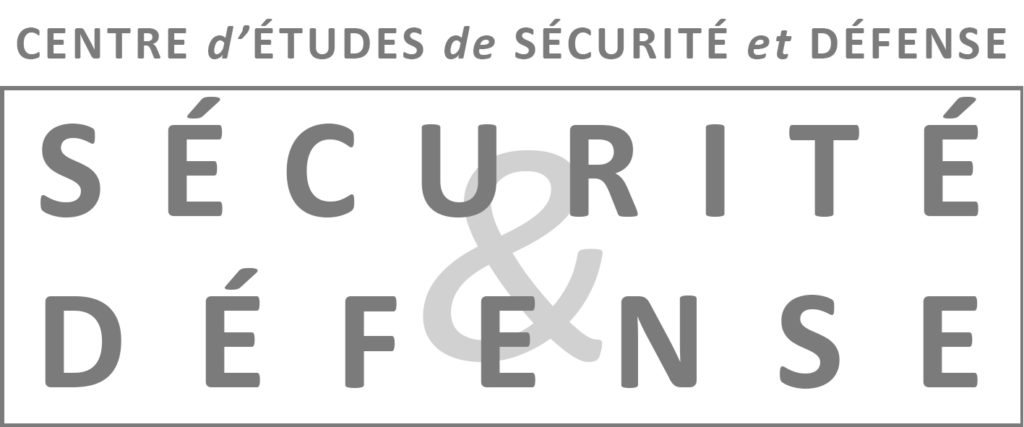
Publications et événements connexes :
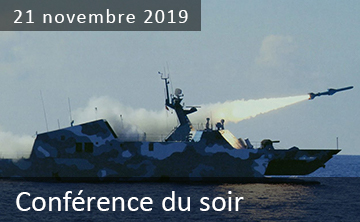
La projection de forces militaires en danger ?
La question du déni d’accès et de l’interdiction de zone
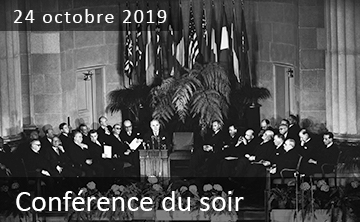
L’OTAN a 70 ans : l’heure de la retraite a-t-elle sonné ? L’organisation est-elle toujours vitale pour l’Europe ?
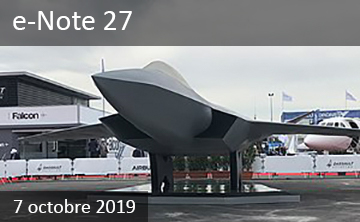
SCAF : un condensé des vicissitudes européennes ?
Alain DE NEVE
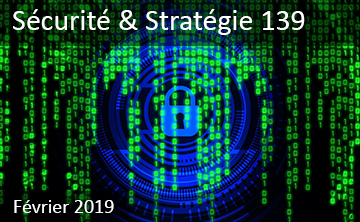
L’implication de la Belgique dans la cyberstratégie euro-atlantique : état des lieux et défis à relever
Estelle HOORICKX
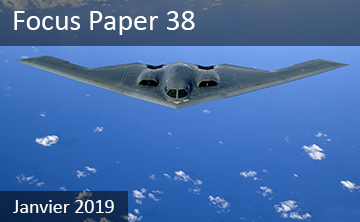
Le programme B-21 Raider : armement stratégique ou institutionnel ?
Alain DE NEVE

La défense contre les « menaces hybrides » : la Belgique et la stratégie euro-atlantique
Estelle HOORICKX

À quoi faut-il s’attendre après le dernier rapport de l’AIEA sur l’Iran ? L’accord et ses conséquences (français, néerlandais, anglais)
Bart SMEDTS, e-Note 17, 26 février 2015
